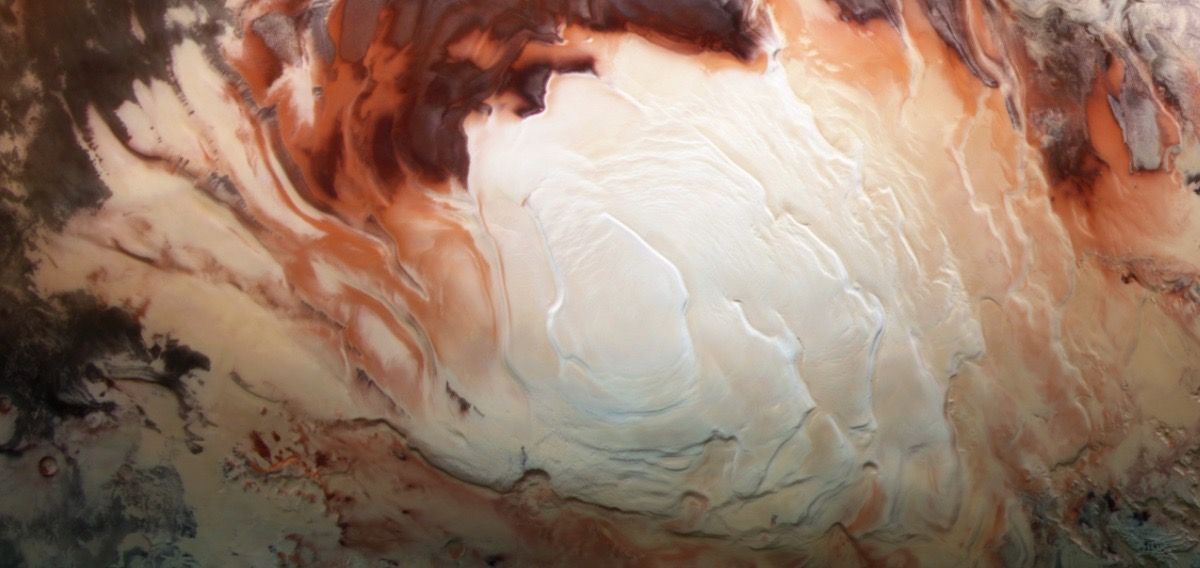
In 2018, researchers using the MARSIS radar sounder instrument on the European Space Agency's Mars Express spacecraft detected evidence for a lake hidden beneath the Red Planet's south polar ice cap, and in 2020, they found signs of a number of super-salty lakes there.
York and his team say that clay minerals known to exist in the south polar region of Mars can explain these radar reflections without invoking lakes of water.They found that water-laden smectites could generate the kind of bright radar reflections detected by MARSIS (short for "Mars Advanced Radar for Subsurface and Ionospheric Sounding"), even when mixed with other materials.
They suggested that smectites formed at Mars' south pole during warm spells, when the area was covered by water.
"Looking backwards in time, to when Mars was much wetter, this supports evidence that liquid water was present over a larger area than we anticipated," Smith said."Because these clays are at and beneath the south polar cap, it must have been warm enough there long ago to support liquids."!
"Showing that another material besides liquid water can make the radar observations doesn't mean that it was wrong to publish the first results in 2018.
"There are other types of clays found on Mars that I suspect can also make these reflections, and it would be good to follow up with them.".
